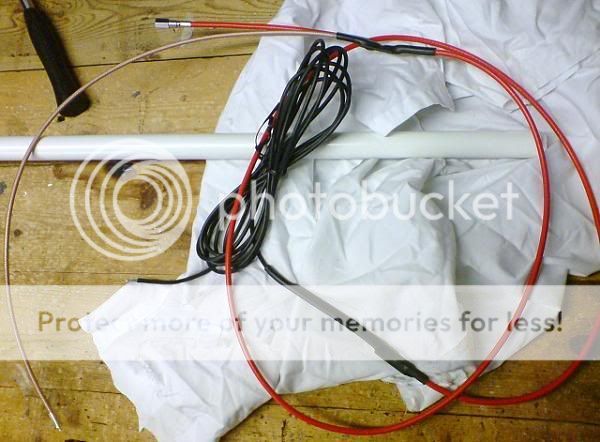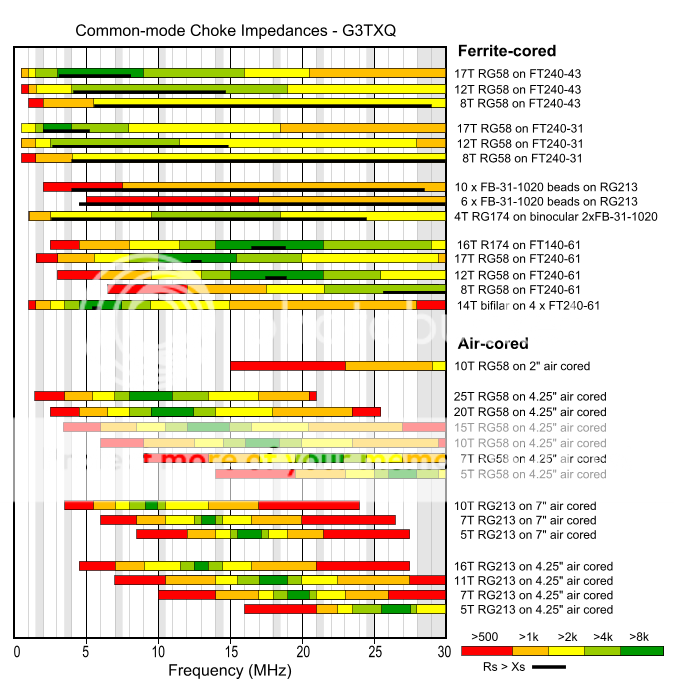B
BOOTY MONSTER
Guest
im not really interested in making a gain master , but i was wondering if anyone has thought about doing it . assuming there is no secret sauce in it it looks like its just coax with a RF invisible sleeve to hold the coax vertical and some metal at the bottom to attach to a mast . $180 plus S$H seems like an awful lot for some coax in a tube , but i could be wrong .

i was also curious about why sirios choke on the gain master has 15 plus turns on it . from what i understand 5 is optimal for the CB band

15 looks like it would be optimal for under 15 MHz. and least effective at 27 MHz. . possibly maybe even increasing CMC at 27 MHz. ???
LOL i wonder how long it will be till one of the CB antenna machinist make one with a top-hat or coil (or both) and one of their buddy's make a thread saying its 10-15 s-units stronger




i was also curious about why sirios choke on the gain master has 15 plus turns on it . from what i understand 5 is optimal for the CB band

15 looks like it would be optimal for under 15 MHz. and least effective at 27 MHz. . possibly maybe even increasing CMC at 27 MHz. ???
LOL i wonder how long it will be till one of the CB antenna machinist make one with a top-hat or coil (or both) and one of their buddy's make a thread saying its 10-15 s-units stronger
